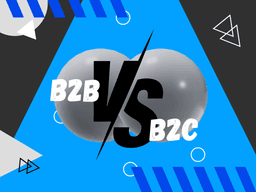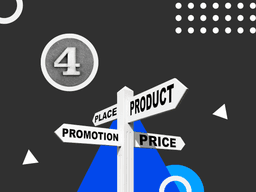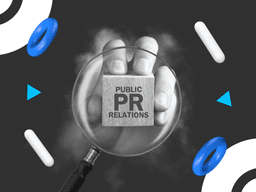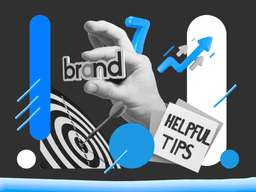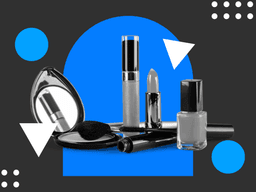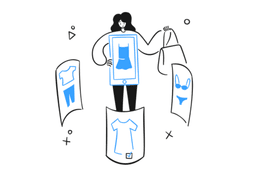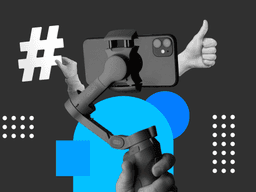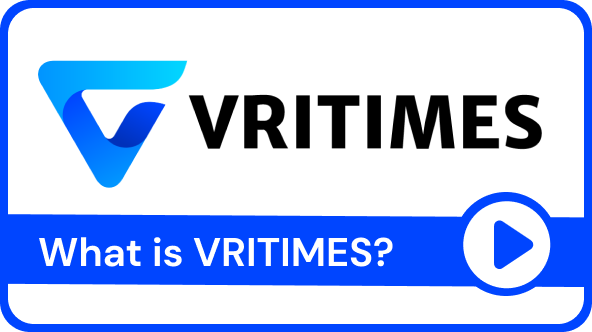/ Augmented Reality (AR) in Digital Marketing: Injecting Interactivity into Marketing Plan
Augmented Reality (AR) in Digital Marketing: Injecting Interactivity into Marketing Plan

Digital marketing has undergone a revolutionary transformation in the last few decades. One of the latest innovations that has opened new doors in the world of digital marketing is Augmented Reality (AR). AR is a technology that blends real-world elements with digital elements, creating interactive and immersive experiences for users. The use of AR in digital marketing has opened up new opportunities for companies to strengthen customer relationships, increase interactivity and provide memorable experiences. This paper will discuss the use of AR in digital marketing, its impact on interactivity, and provide examples of companies that have successfully adopted AR in their marketing plans.
Augmented Reality provides an opportunity to present digital content in the context of the user's real world, through devices such as smartphones, tablets or AR glasses. This technology allows users to view and interact with digital elements that are "attached" to physical objects around them. In digital marketing, AR can be used to create engaging and differentiated experiences, enabling companies to present their products, services or brand messages creatively and interactively.
Digital marketing has undergone a transformational revolution over the last few decades. One of the newest innovations that opens new doors in the world of digital marketing is augmented reality (AR). AR is a technology that combines real-world elements with digital elements, creating interactive and immersive experiences for users. The use of augmented reality in digital marketing has opened up new opportunities for businesses and companies to strengthen customer relationships, increase emotional engagement with audiences, and provide unforgettable experiences. This article will discuss the use of AR in digital marketing, its impact on interactivity, and provide examples of large companies that have successfully adopted AR in their marketing plans and strategies.
Augmented reality provides the ability to present digital content in the context of the user's real world, through devices such as smartphones, tablets or AR glasses. This technology allows users to see and interact with digital goods that are “bound” and “attached” to the physical objects around them. In digital marketing, AR can be used to create engaging and differentiated experiences that allow businesses to showcase their products, services or brand messages in creative and interactive ways.
Interactive product exhibition:
With AR, businesses can create interactive product showcases where users can "see" and "use" products that are almost real. One example is IKEA Place, an app that allows users to place IKEA furniture in their space using AR.
Virtual product testing:
Companies can allow users to try products before buying through AR. One example is a virtual makeup application that allows users to try various cosmetic products without applying them to their face.
Location virtual tour:
Businesses such as real estate or travel can offer virtual tours using AR, which allows potential customers to explore a property or destination before making a decision.
Creative advertising campaign:
AR can be used to create creative advertising campaigns where users must interact with AR elements to find messages or special offers.
Some companies using AR in marketing:
snapchats:
This app integrates face filters and AR effects into the user experience, creating creative and unique content. This was also later applied to their features by other companies, such as Tiktok and Instagram.
Pokemon GO:
This game previously caused a stir and sensation by combining elements of augmented reality with mobile devices, allowing players to interact with Pokemon characters in a real environment.
Sephora:
This cosmetic brand has an AR app that allows users to try on a large number of different cosmetics on their faces. This feature was later applied by several other e-commerce companies, such as Shopee.
L'Oreal:
The brand relies on AR to help users choose the right hair color, providing a "before and after" experience through the app so consumers can easily get a visual before buying the item they want.
Warby Parker:
The glasses company allows users to try on virtual glasses using an AR application before buying them.
BMW CARS:
The automaker has an AR app that allows users to "place" virtual BMW cars into their real environment to see how they look in the room.
Lego:
Lego uses AR to help users see what complex Lego models will look like when assembled.
McDonald's:
This fast-food brand uses AR in advertising campaigns, where users can scan food packaging to bring the digital display to life.
Nissan:
The automaker is using augmented reality to allow users to virtually explore the various features and technologies of Nissan cars.
Converse:
The footwear franchise has an AR app that allows users to virtually "try on" Converse shoes to see how they look on their feet before consumers buy the shoes they want.
The use of augmented reality in digital marketing has opened up opportunities to create content that is interactive, creative and memorable for customers. By combining real-world elements with digital elements, augmented reality offers companies the opportunity to increase interactivity in their marketing plans. Several examples of companies that have successfully adopted AR in their marketing strategy, as mentioned above, show how diverse the potential applications of AR are in different industries. As technology and creativity advance, the future of digital marketing with AR looks bright and has potential.

